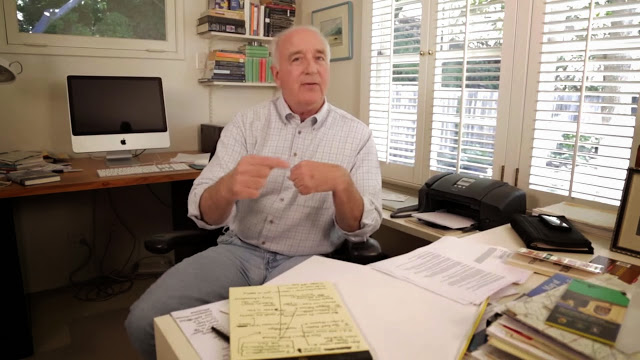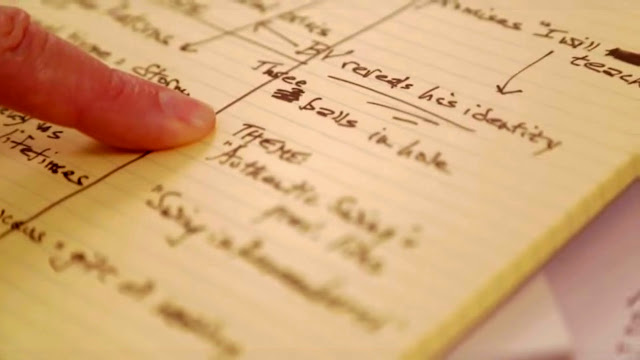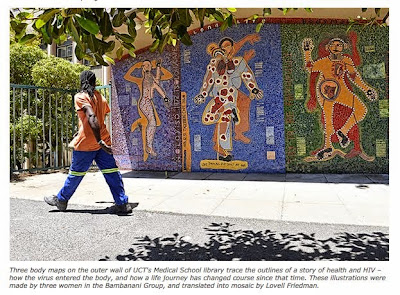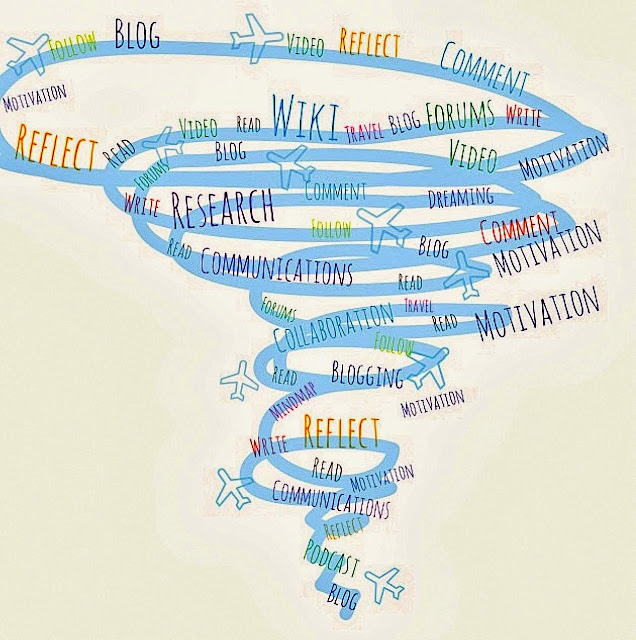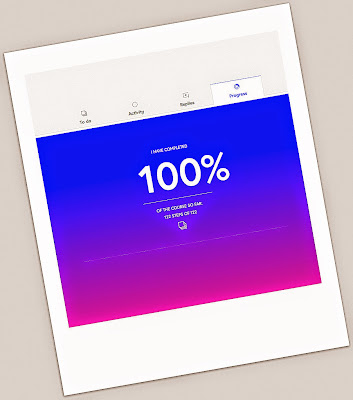If I have time on my hands in a town I've not visited for a while I might wander by the war memorial. During these centenary years you might even find a museum: a local exhibition on a regional division or local battalion, or a house that was used as a hospital. Until 2019 York Castle Museum have the exhibtion:
1914: When the World Changed Forever
York Castle Museum has ample space to spread its narrative. It offers visitors carefully chosen narratives that a visitor might follow. I wonder if from the start they could be invited to think about a great grandparent or great uncle who may have served in the war. We are invited to think in turn about Alice, Thomas, John, Albert and John; the bookkeeper, the mechanic, woodman, shop assistant and a doctor.
Who will you follow?

Fig. 1 1914: When the world changed forever. York Castle Museum
My grandfather, Jack Wilson, was two weeks short of his 18th birthday when war was declared in August 1914. He'd already been working for four years as office boy then brewer's clerk for the North Eastern Brewery, Consett, Co. Durham.
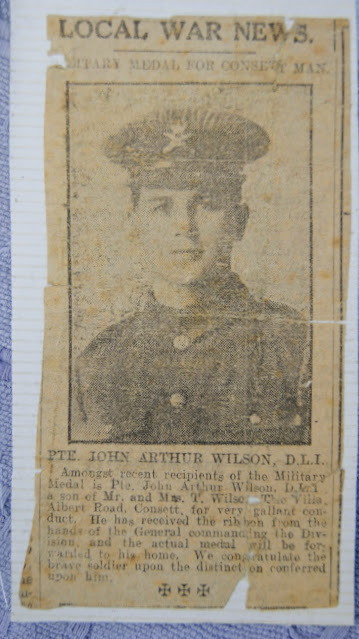
Fig.2. Studio Portrait of Private John Arthur Wilson, DLI (before transfer to the Machine Gun Corps) This picture was used by the Consette Gazette in 1917 when Corporal Wilson of the MCG was awarded the Military Medal.
My grandfather joined up a few months after his 19th birthday; a few of them from the office went along from the office. Jack's kid brother joined the RFC shortly after, lying about his age as he wasn't even 17.
Can you think of someone from your family, or from your family history who joined up? Or who would have had a story such of those above? Do you know if someone from your street joined up? A typical street during the Great War would have seen most men, some far younger, some far older joining up and lying about their age. It can be a shock to discover just how many from the local school lost their lives.
The York Castle exhibition uses objects that would have been familiar to the typical recruit. For example, an eye-test as part of the medical.
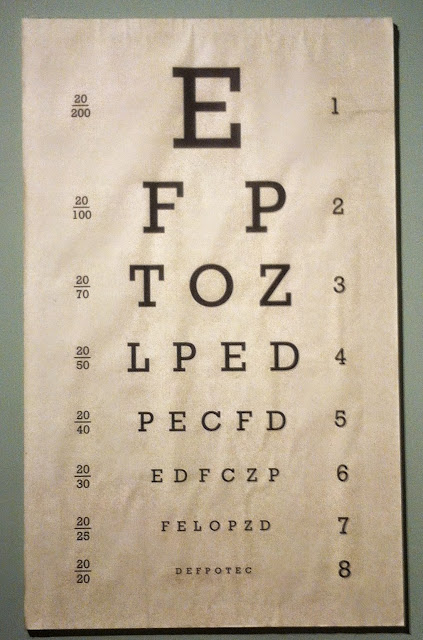
Fig. 3 1914: When the world changed forever. York Castle Museum
My grandfather Jack, age 18 did this test in the recruiting office, Consett in November 1915. He repeated it at the Hotel Cecil at the beginning of 1918 as part of his transfer to the Royal Flying Corps over three years later. I took him for an eye test in 1989 when sadly he could even see the first letter and age 93 it was suggested that he didn't drive any more. Whilst you could lie about your age, many 15 year olds got it, you couldn't fake your height. In 1914 you had to be 5ft 6in, though this soon dropped to 5ft 1in. To join the Guards you had to be 6ft ... unless you were the Prince of Wales. Edward was 5ft 6in ... he looks diminutive and childlike by far taller, and fall older looking men.

Fig. 4 1914: When the world changed forever. York Castle Museum
On 22nd October 1917 my grandfather buried the 42 year old Henry Gartenfeld. 'He shouldn't have been there. A married man with three kiddies.' That's how my grandfather talked about it. 'It didn't matter about me, not being a married man.' The reality is that older men not only joined for patriotic reasons: they joined because they thought it a better alternative, than say working in the cotton mills or down a mine.

Fig. 5 1914: When the world changed forever. York Castle Museum
Here the exhibit in the York Castle Museum talks about the bible. Jack Wilson, who was transferred from the DLI to the 'Suicide Squad' the just forming Machine Gun Corps, prized matches about everything else. He swapped his cigarettes for matches whenever he could. He never smoked. One reason he lived to be 96 then. He didn't drink much either, though worked in the brewery business for the better part of fifty years. He wasn't a Quaker, but many were.

Fig. 6 1914: When the world changed forever. York Castle Museum
I recognised this clasp knife because my grandfather had his and still used it 75 years after it was issued. I have it somewhere. A little oil and it is what I take sailing with me. As well as photos, a watch, a paybook, his Vicker's Machine Gun manual, and his RAF Log Book and medals he had a couple of harmonicas from the war.

Fig. 7 1914: When the world changed forever. York Castle Museum
My grandfather would play a few tunes when we were little; he was quite good. He could also do tricks with coins. These, and many other minor skills, such as repairing watches, he picked him in the trenches or out on reserve where for the bulk of the time you were looking for something to relieve the boredom. He often spoke of finding smashed up cars they would fix, or taking bits on one occasion from a plane that had come down near to their pill-box.

Fig. 8 1914: When the world changed forever. York Castle Museum
Were these the standard issue? Great for a swap according to my late grandfather John Arthur Wilson MM. We're asked to consider where each of our feature characters have got to by the end of 1914. A map of Western Europe pinpoints them.
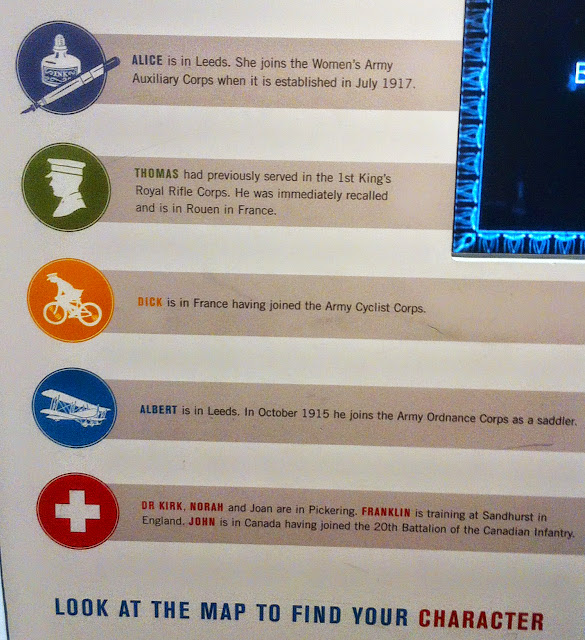
Fig. 9 1914: When the world changed forever. York Castle Museum
If you haven't caught any of the episodes yet it is worth listening to BBC Radio 4's drama serial 'Homefront.' It's back from the 25th May.
The choices have been carefully made for this exhibition. It is intimate. My ticket gives me entry for a full 12 months. Unfortunately I live 261 miles away at the other end of England. All the more reason to make these notes and to have all these pictures to remind me what I saw.

Fig. 10 1914: When the world changed forever. York Castle Museum
Some of the most harrowing stories I heard from my grandfather were of the soldiers who took a long time to die. Dick Piper, a machine gunner like my grandfather, took a piece of shrapnel in the belly on the 21st October and died the following day. There was nothing to do for him other than put on dressings and make him comfortable by wedging bricks against his feet so that he could keep his legs pressed into his stomach. My grandfather described it as very matter of fact to wait until the body stiffened up before dragging it out and 'burying' it under rumble. 75 years later he marked the spot with a Commemoration Poppy. Imagine that. Returning to the very spot, where, on that occasion, two of his mates had died.

Fig. 11 1914: When the world changed forever. York Castle Museum
On the edge of Houthulst Forest in late 1917 - he returned to pillboxes north of Poelcapelle repeatedly in October, November and December, my grandfather took a prisoner - this German soldier got lost in the early morning fog and simply wandered into the pillbox they'd taken from the Germans a few weeks earlier. He was with the MGC crew for the entire day showing off photograph, a Mausser Pistol that was taken off him and looking at the odd looking currency.
What have you discovered?

Fig. 12 1914: When the world changed forever. York Castle Museum
Every story you hear of the First World War fascinates. Everyone who took part, whether the volunteered or were conscripted, is a story where someone who last all that was familiar and near to them behind. 1/7th were killed.

Fig. 13 1914: When the world changed forever. York Castle Museum
At the very end of 1917, have survived all of Third Ypres, my grandfather's papers came through to transfer to the Royal Flying Corps. It was 27th December. The officers wished him well, and gave him pictures of themselves. The company Sergeant gave him a Webley Revolver, just like this one. Saying he'ed have to buy one otherwise once he joined the RFC. He had this gun until there was a weapon's amnesty in Britain and being a law-abiding man he handed it in.

Fig. 14 Kodak Box Brownie 1914: When the world changed forever. York Castle Museum
As a flight cadet my grandfather had several months of training to get through. He started with military training at RAF Hastings, then to Bristol to learn aeronautics billeted in Haig's alma mater, Clifton College. on to Uxbridge for bomb training and finally up to Scotland for flight training He bought a Kodak camera though and made a visual record of his RAF training between June 1918 and November 1918.

Fig. 15. Flight Cadet John Arthur Wilson MM. RAF Crail, September 1919, age 23.
He stayed on with the RAF until February 1919 to help demob. Very sadly, in June 1919, his kid brother, who had joined the RFC as a 17 year old and at 19 only was a Flight Sergeant, crashed his bomber over Belgium delivering mail.
We come to the end of the exhibition and are asked to think about our featured characters and what happened after the war.

Fig. 16 1914: When the world changed forever. York Castle Museum
My grandfather was lucky. He had survived unwounded. He returned to the job he had started as a boy of 14. He'd been away for over 3 1/2 years. Money put aside to him by work colleagues bought him a motorbike. Things weren't to run smoothly though, recently married and with a one year old he was made redundant in 1932 when the North Eastern Brewery was sold to Vaux. He had 22 years service if you include the war years. He joined Scottish & Newcastle Brewery the following year and put in nearly 30 years with them. His war never ended. Growing up I was the grandchild who listened to his stories. How I envisaged these stories changed as my knowledge of the war grew.

FIg. 17 John Arthur Wilson MM meeting Belgian dignitaries with his only daughter, during the 75th anniversary commemoration of Third Ypres, the Battle of Passchendaele in July 1992 at the Menin Gate.
Jack attended the 75th anniversary of Third Ypres, Passchendaele in 1992 - one of five veterans that year. He also attended events marking the formation of the Machine Gun Corps and the formation of the RAF.

Fig.18 Memorial to the fallen of the York Law Society
At the end of the York Castle exhibition on the First World War visitors are invited chalk up a thought or memory on a series of large black boards. And finally we pass through an ante-room which features a couple of memorials to the fallen. These are made all the more heartbreaking when you think they could be your brother, son or father, where this 100 years ago. I find such memorials in schools harrowing.
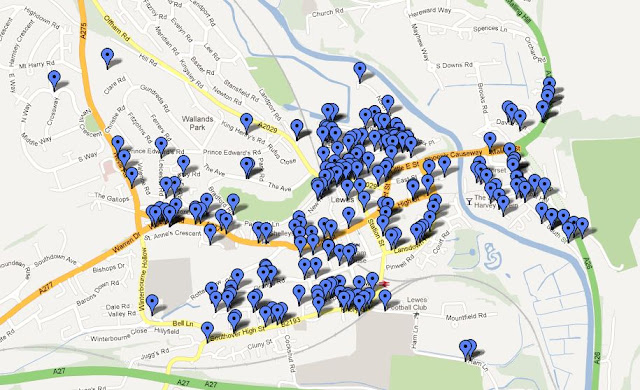
Fig. 19 Lewes War Memorial Pinned.
The above shows where those commemorated on the memorial lived. In some houses both a father and son were lost. In several streets every other door had a son, husband, father or brother a fatality. School parties walking passed these houses are left in tears. Imagine how many of your friends you lost.
My grandfather said of those who joined the DLI in November 1915 within him only he returned. Whilst 18 months in the Machine Gun Corps appeared 'suicidal' with his transfer to train with the Royal Flying Corps he was given 11 months grace and the war ended. His training had been delayed by influenza on the ground, then dreadful weather which delayed his training. My grandfather always regretted not getting back to the Western Front to 'have a go at the Hun.'

